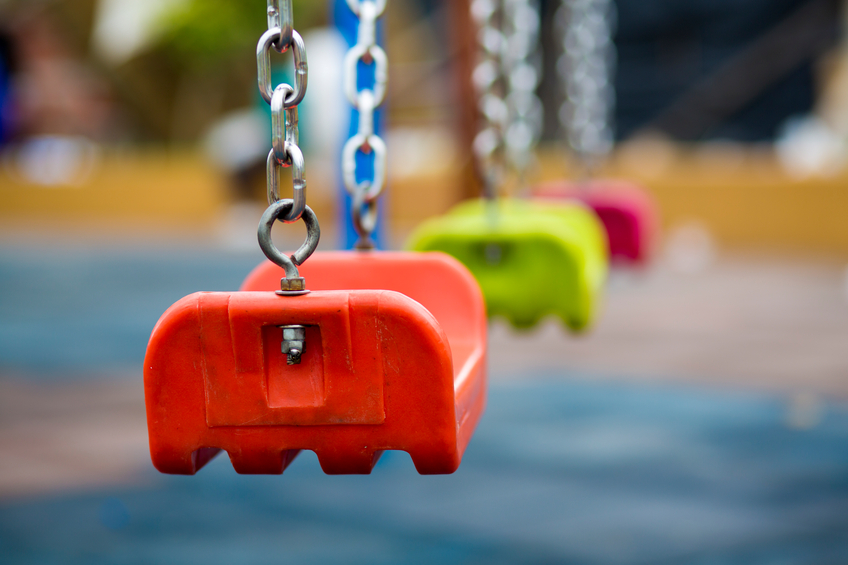Nationally, childhood obesity rates have more than tripled since 1980, and one in three children is overweight or obese. That’s according to The State of Obesity, a project of the Trust for America’s Health and the Robert Wood Johnson Foundation that looks at obesity data trends and policy analysis.
But what does childhood obesity look like in our region?
Dr. John La Count, a pediatrician with St. Elizabeth Physicians’ Florence office, said that on any given week, it varies.
According to The State of Obesity, Kentucky ranked first in the nation in 2013 for its numbers of high school students with obesity ““ at 18 percent. In 2015, it ranked third, at 18.5 percent, with Mississippi taking the top spot at 18.9 percent.
La Count said that, in the past 10 to 15 years, he’s seen a spike in the number of kids in our region who are obese or severely obese.
The Centers for Disease Control and Prevention define childhood obesity as a BMI at or above the 95th percentile for children of the same age and sex, and severe childhood obesity as a BMI greater than 120 percent of the 95th percentile for children of the same age and sex.
“That’s problematic because it’s the obese kids who can have problems with diabetes, hypertension, cholesterol, asthma, and back and extremity pain,” he said. “The additional weight is a major potential problem for all aspects of life for children.”
With this month as National Childhood Obesity Awareness Month, La Count wants to share some good news, though, as well, and that is that families are becoming more aware of the problem.
“I think that families are now understanding why we’re asking the questions and are understanding our goals in doing so,” he said, “and they’re understanding what side of the fence they’re on. It’s my observation that the families who eat together more than five times a week and eat breakfast are the families who have the healthiest approach to food and the least amount of difficulties.”
La Count said it’s when families start to eat separately that he starts to see problems.
“Parents have to know that all of the activities they’re signing their kids up for can be costly, in the sense that they’re not learning the other things they need to learn, such as healthy relationships with food, social interaction and table manners.”

